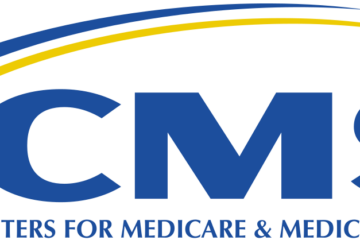85% of Americans will have back pain. America is the land of quick fixes, so many back pain sufferers resort to back surgery. Have these surgeries ended the scourge of back pain, or have they helped neurological and orthopedic specialists make their Mercedes payments?
The answer is more complex. Surgery does not always end back pain and restore function. A healthy spine requires stable, balanced, and fit muscles. Back guru Stuart McGill from the University of Waterloo in Canada recommends that most people do curl-ups, side-bridges, and bird-dog exercises every day to build endurance and strength in the muscles supporting the spine.
Cigna Insurance agrees and states the following in their guidelines for chiropractic benefits “The provider should attempt to integrate some form of active care as early as possible. Continued use of passive care modalities may lead to patient dependency and should be avoided.” They also indicate specific to chiropractic manipulation that it restores joint mobility.
An active chiropractic care plan incorporating exercise should be a first-level approach for non-complicated back pain as it restores spinal biomechanics and muscle strength and flexibility.
Surgeons are piece workers – their income depends on the number of surgeries they perform. The combination of the high incidence of back pain, patients who want a quick fix, and surgeons who need the work make large numbers of back surgeries inevitable. A recent paper published by the NIH on unnecessary back surgery stated the following “The big problem is greed. I hate to say it but most neurosurgeons want to do spine surgery because, at this time, it is lucrative.”
Education of the best practice approaches to back pain must be explained to each patient with a deemphasis on invasive approaches. Chiropractic providers experience this daily and need an approach to better communicate this to patients with back pain.
This information is excerpted from USA Today, the National Institute of Health, and Cigna Health Insurance.


